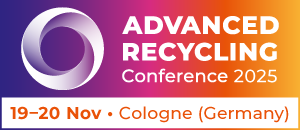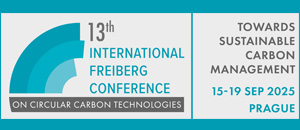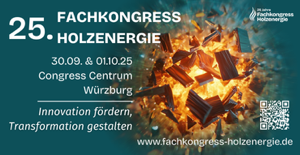The Renewable Materials Conference kicked off on Tuesday, June 11, in Siegburg, Germany. It’s the world’s largest conference on biomass-based chemicals and materials, CCU or chemical recycling, alternatives to fossil-based chemicals and materials. Renewable Matter is a media partner of the event.
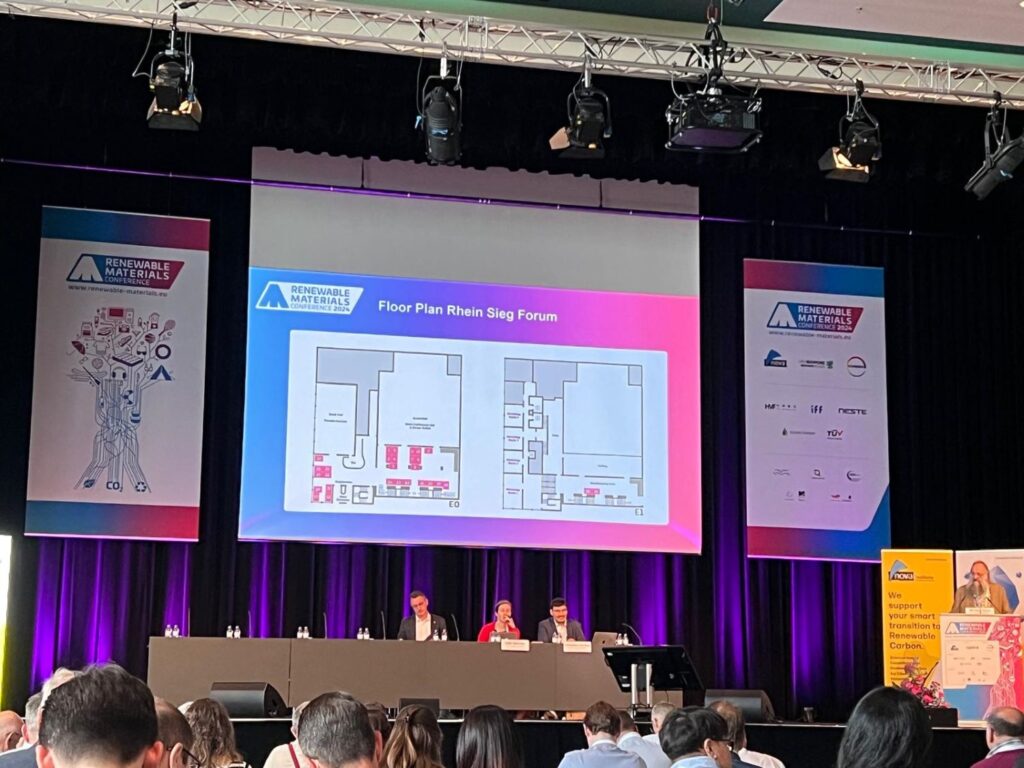
With eighty presentations, ten workshops, forty exhibitors and more than five hundred delegates from all over Europe, the Renewable Materials Conference, organised by Germany’s nova Institute, aims to give space to the latest innovations, visions and strategies of leading companies and start-ups from around the world and to understand,how the policy framework for the chemical industry will change in the coming years.
The chemical industry in the European Union
With 760 billion euros in sales in 2021 Europe is the second largest producer of chemicals in the world. The chemical industry is Europe’s fourth largest manufacturing industry with 19 million workers involved throughout the value chain and at the same time, it is among the largest emitters of CO₂, with the cement and steel supply chain in first place. Primary chemical production marked 935 cubic metres of direct CO₂ emissions in 2022 and, in parallel, the chemical industry is at the heart of many value chains: 56 percent of chemicals are sold to other sectors.
This set of data gives an idea of the importance of the sector, so it is no coincidence that for some years now the European Commission has placed the transition of the chemical industry to more sustainable and circular practices at the heart of many policies. Also in consideration of the fact that as argued by Algreit Dume, DG Grow of the European Commission, “the chemical industry is crucial to creating a competitive and resilient economy.”
In this context, in early February, a European Commission communication on industrial carbon management (ICM) listed actions to be implemented by the Union and by member states, focusing on three main technology pathways: carbon capture for storage (CCS), removal of CO₂ from the atmosphere (BioCCS and DACCS) and capture for use (CCU). However, to implement these processes and establish a market for CO₂ in Europe, the construction of a transport infrastructure is essential.
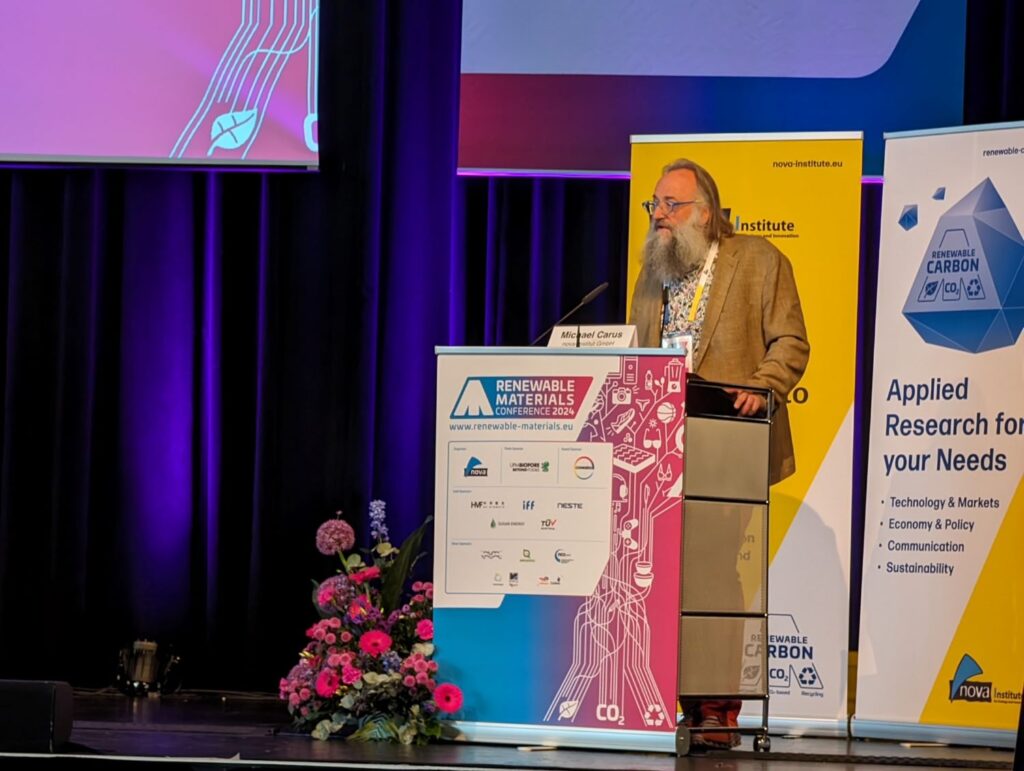
Carbon Capture and Utilization (CCU)
“Products from CCU are set to grow in the future in Europe,” said Michael Carus, founder of nova Institute, at the end of his speech on assessing future scenarios for the chemical industry. Indeed, many of the efforts at the European level and beyond are focusing on carbon capture and utilization (CCU), according to Fabien Ramos, DG Climate of the European Commission.
During the first day of the Renewable Materials Conference, Ramos offered a perspective on the European Union’s sustainable carbon management towards the 2040 climate targets. In his speech he stated: “Europe recognizes CO₂ as a valuable resource to replace fossil-derived carbon in products in order to achieve real climate benefits. There are numerous challenges in this area, such as the heterogeneity of CCU pathways and the fact that there are currently no incentives for certain types of carbon capture and utilisation and carbon-based products.”
To address these obstacles at the European level, a CCU Working Group was created, in order to reflect on the conditions to support the industrial use of CCU and to create a market for products based on captured and used carbon dioxide. The working group aims to address existing structural challenges and regulatory barriers to technology deployment, devise concrete incentives to support industrial deployment and investment in renewable and circular CCU technologies, and study the potential of demand stimulation options to increase product diffusion.
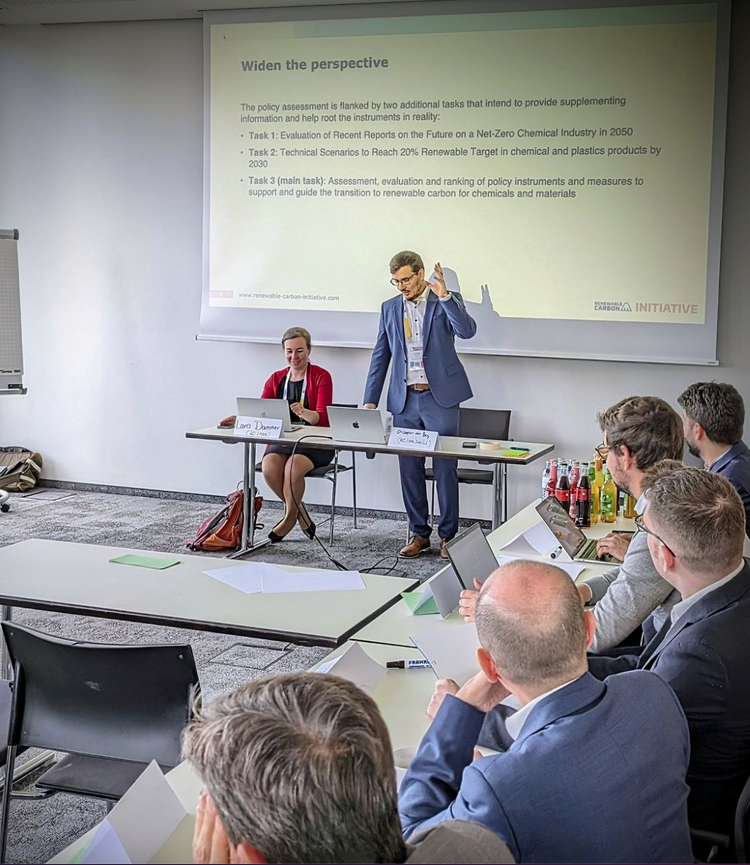
Is CCU working according to the business sector?
Carbon capture and utilisation is a process that involves the sequestration of CO₂ and its utilisation for future use. This is the frontier at the heart of the British Flue2Chem project, which aims to reuse the CO₂ already in circulation, as explained by Alastair Sanderson, senior manager at Unilever. The process is simple: industries in their various activities emit valuable CO₂, which is captured and converted into key intermediates widely used in the chemical industry. These intermediates are converted into surfactants that are then formulated into cleaning products and coatings.
This is a project that brings together many giants in the industry, from LanzaTech to Dow to Unilever and Tata Steel, but that also takes time, because, as Sanderson said, “the goal of replacing fossil carbon feedstocks was identified in the 2018 UK Chemistry Council Strategy. It takes time to take the consortium to work, to have partners agree, as in the companies not everybody understands the journey we are on”.
Albeit slowly, CCU is therefore working. If fossil-derived CO₂ cannot be extracted, it is still possible to find alternatives such as recycling. However, as Sanderson explained, it is a fact that “Society needs carbon and this need will only increase over time. Chemicals can’t be de-carbonised, but they can be de-fossilised. However, sourcing low GHG-emitting chemicals requires integration along the entire value chain. Collaboration and partnerships are key. And finally, to replace carbon we would need a lot of hydrogen because it takes 6 atoms of hydrogen to replace one atom of CO₂.”
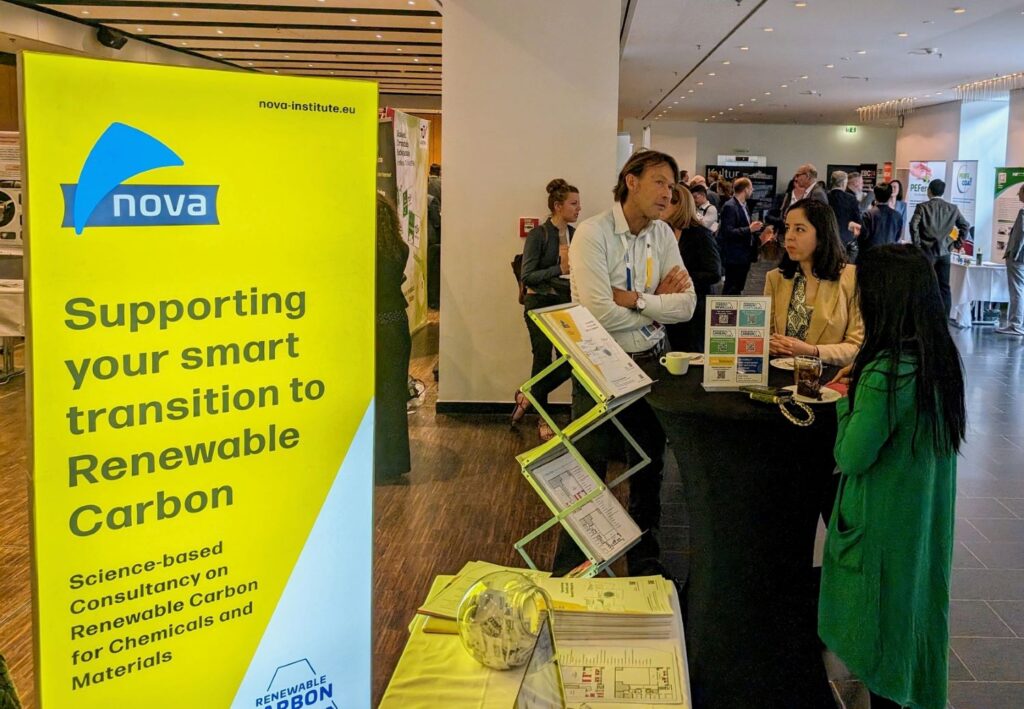
Between green fatigue and resilience
88 percent globally and as much as 93 percent in Europe of carbon feedstocks for chemicals and plastics come from fossil resources, mainly oil, natural gas and coal. Globally, only 8% comes from biomass and 4% from recycling. Moreover, the total carbon demand of the chemical sector will double by 2050.
The only way to address Scope 3 emissions from chemicals and plastics is to replace fossil carbon from below ground with carbon from above ground: biomass, CO₂ and recycling. The clear message from the Renewable Materials Conference is that this is a difficult challenge to meet, requiring innovation, new strategies, substantial investment, market demand, and the right policy framework to achieve it.
At the same time, although the chemical industry of the future has already started, Lars Börger of the consulting firm Industry Insider (DE), perceives a kind of “green fatigue”: After years of proclamations and promises, companies are scaling back from their commitments. However, it is no longer possible to go back and society aims for a new definition of abundance and growth. “These new paths imply that the concept of freedom can no longer include the arbitrary consumption of fossil-based raw materials,” Börger pointed out. “Resilience is the new answer, rather than growth or consumption. Instead, we need to rethink materials by putting biodiversity at the centre, which brings robustness and resilience. Only regenerated ecosystems can ensure resilience.”
The OK Renewable Carbon Share certification plan
On the sidelines of the first day of the conference, Philippe Dewolfs of TUV Austria, a global certification body for products, equipment and facilities, presented the new OK Renewable Carbon Share certification plan retracing the slow steps, from creation to development and validation, involving, among others, multinational companies such as BASF, Braskem and Henkel. This too has been a journey that required time, resources and, of course, collaboration and partnerships.
Author
Antonella Ilaria Totaro
Source
Supplier
BASF Corporation (US)
Braskem
Dow Chemical Company
European Commission
European Union
Henkel KGaA
Industry Insider
LanzaTech Ltd.
nova-Institut GmbH
RENEWABLE Matter
Tata Steel
TÜV AUSTRIA Group
UK Chemistry Council (Growth)
Unilever
Share
Renewable Carbon News – Daily Newsletter
Subscribe to our daily email newsletter – the world's leading newsletter on renewable materials and chemicals






